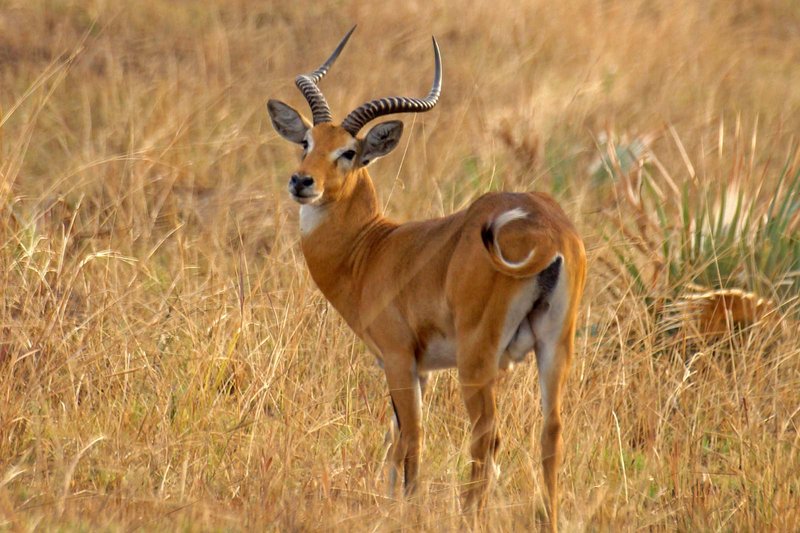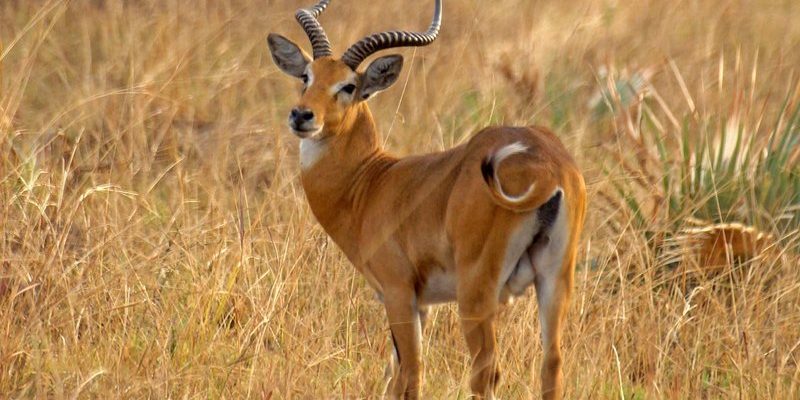
The Ugandan Kob isn’t just an animal; it’s an emblem woven into the fabric of local traditions, beliefs, and practices. Imagine the kob leaping gracefully over the endless grasses, a living representation of freedom and beauty. In this article, we’ll explore how this remarkable animal has been depicted in Ugandan culture and folklore, shedding light on its significance and the stories that celebrate it.
Symbol of Grace and Agility
The Ugandan Kob is often described as graceful and agile, traits that resonate deeply in various aspects of Ugandan culture. Picture this: a child watching the kob leap effortlessly across the savannah, their eyes wide with wonder. This image captures not just the beauty of the animal but also the symbolism behind it. In many local stories, the kob embodies qualities like strength, agility, and freedom.
In Ugandan folklore, the kob often represents the spirit of the people—a reminder of their connection to the land and the importance of living in harmony with nature. Whether it’s through traditional dances or songs, the kob’s presence reinforces the idea that agility and resilience are qualities to be cherished. The animal’s ability to navigate through the grasslands has often been likened to the journey of life, where one must leap over obstacles with grace and determination.
Depictions in Traditional Stories
In Ugandan folklore, stories often intertwine human experiences with the natural world. The kob frequently appears as a central character in these narratives. For instance, there are tales that illustrate the relationship between the kob and other animals, emphasizing themes of friendship, trust, and respect.
One popular tale tells of a wise kob who helps other animals outsmart a predator. This story not only showcases the kob’s bravery but also teaches valuable lessons about collaboration. It’s stories like these that offer moral guidance and highlight the kob’s role in promoting community values.
Beyond moral storytelling, the kob is also a key figure in rituals and celebrations, especially during traditional harvests or festivals. Often, you might hear a cheerful song mentioning the kob, celebrating its beauty and reminding people of their roots.
The Kob in Art and Craft
Art is another way the Ugandan Kob finds its representation, especially in traditional crafts. Local artisans often include kob motifs in their work, be it in beadwork, paintings, or carvings. This artistic expression serves two purposes: it preserves cultural heritage while also showcasing the beauty of the animal.
Imagine walking through a market and seeing a beautifully carved wooden figure of a kob, its graceful form captured in every detail. Such artworks do more than just fill the space; they invite conversations about the significance of the kob. They inspire locals and visitors alike to appreciate this animal’s role in Uganda’s ecosystem and culture.
Art inspired by the kob often tells stories, reflecting the relationship between humans and nature, symbolizing the balance that people strive to achieve. Each piece carries with it a story, a memory, and a piece of Ugandan identity.
Mythical Associations of the Kob
In addition to being a beloved animal, the kob is also linked to various myths and legends. Some tales suggest that the kob is a messenger between the physical and spiritual worlds. It’s said that when you spot a kob during significant life events, it symbolizes good luck and blessings.
Legend has it that a kob once saved a village from a terrible drought. By leading the villagers to water, the kob became a symbol of hope and sustenance. Such myths are vital; they carry teachings that emphasize the importance of ecological balance—reminding the community to respect and protect the environment around them.
These enchanting stories also reveal how the kob is integrated into the local belief systems. It embodies the idea that nature and spirituality are intertwined, urging people to listen and learn from the world around them.
Sports and the Kob’s Influence
Interestingly, the Ugandan Kob has also made its mark in the realm of sports. The annual Ugandan Kob Rugby Tournament is a vibrant event that draws in teams and fans from various regions. This tournament is more than just a showcase of athletic prowess; it’s a celebration of community spirit.
During the tournament, teams often join in vibrant celebrations that pay homage to this majestic animal. The kob’s image is featured prominently throughout, reminding everyone of its importance as a national symbol. The event fosters a sense of unity and pride, drawing connections between the sports community and cultural heritage.
You might wonder how an antelope could influence a sport? It’s simple: the values associated with the kob—teamwork, strength, and endurance—are principles mirrored in the game. By using the kob as a mascot, it reinforces the idea that sports and nature together are powerful motivators for the community.
Conservation Efforts and Cultural Identity
As the world changes, so do the challenges faced by the Ugandan Kob. Habitat loss and poaching threaten its existence, making conservation efforts crucial. Interestingly, this need for protection also ties back to cultural identity.
The kob is a significant cultural symbol, inspiring local communities to engage in conservation initiatives. Many organizations work to create awareness about the kob’s role in the ecosystem and the need to protect its habitat. When communities rally around the kob, they not only strive to save the animal but also preserve their heritage.
You might be surprised at how local crafts, storytelling, and sports are used to promote conservation. Workshops and community events often highlight the kob’s story, encouraging people to respect nature and take action. Ultimately, saving the kob means preserving a piece of Uganda’s cultural landscape.
The Ugandan Kob is so much more than just an antelope; it’s a symbol of grace, resilience, and cultural richness. From its embodiment in folklore and art to its influence on sports and conservation, the kob stands at the heart of Ugandan identity.
As we explore the stories and traditions surrounding the kob, we can appreciate not only the animal itself but also the values and lessons it teaches. By cherishing the kob and its significance, Ugandans and visitors alike can ensure that this beautiful creature continues to inspire for generations to come. The kob isn’t merely a part of Uganda’s wildlife; it is a living testament to the spirit of the people and their connection to the land.

